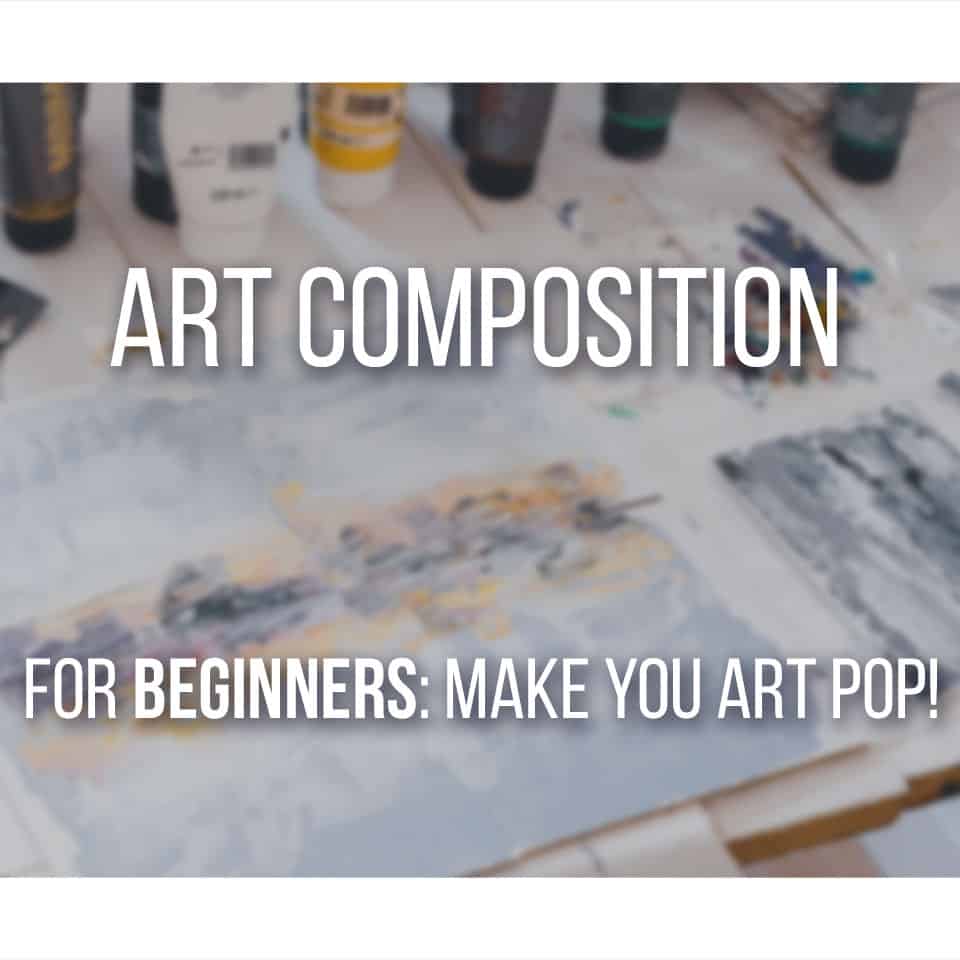When learning about the fundamentals of art, an aspect that you must keep in mind is knowing the 7 elements of art!
These are essential subjects to know and master to improve your composition and overall artistic skills.
They will help you create better and more beautiful artwork for your creative projects!
So let’s go over what these elements are, with examples to guide you!
Table Of Contents
What Are The Elements Of Art?
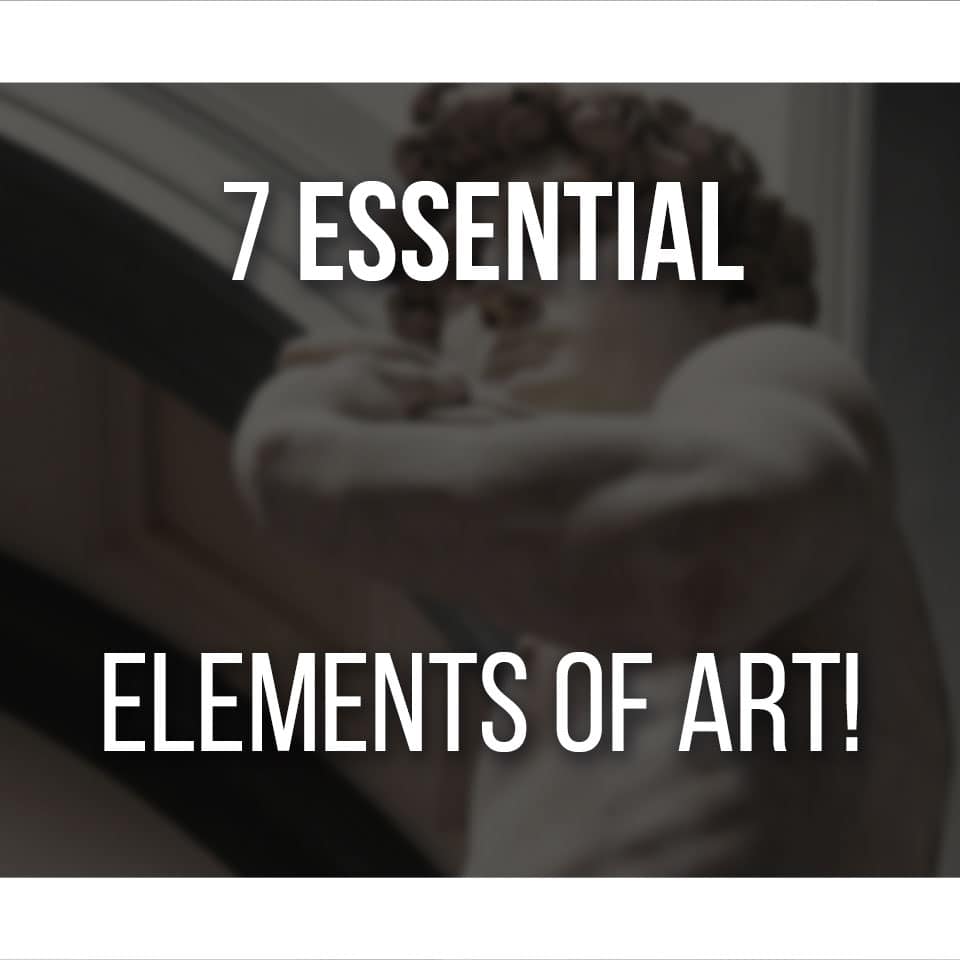
The elements of art are the visual features that help an artist showcase their artwork. These are basically methods and techniques that artists use to produce a complete, finalized artwork.
The seven elements of art are:
With Mark Making and Materiality as secondary elements, which we’ll talk more about later in this article!
But why are the elements of art important? The elements of art are important because they’re the basic structure of a more complete and professional work of art. These are the common elements that any artist shares to convey their artistic choice, emotion, and thoughts.
Not only that, but being familiar with the 7 elements of art allows an artist to use them to create more complex art compositions with a lot of detail and depth.
The 7 Elements Of Art
Let’s now go over each of the 7 elements of art in more detail, along with examples to showcase each element!
Line

Line is one of the main elements of visual arts that is created by connecting two points in a canvas or surface. This element creates a sense of movement and can define shapes, create patterns, and even direct the viewer’s eye to important parts of an art piece.
There are many different types of lines, including:
- Horizontal
- Vertical
- Diagonal
- Contour Lines
- Implied Lines
- Actual Lines
They can also be curved or straight, depending on the need of the artist.
Lines can be tougher to learn than it looks, so I recommend doing some exercises to improve your line quality.
Shape
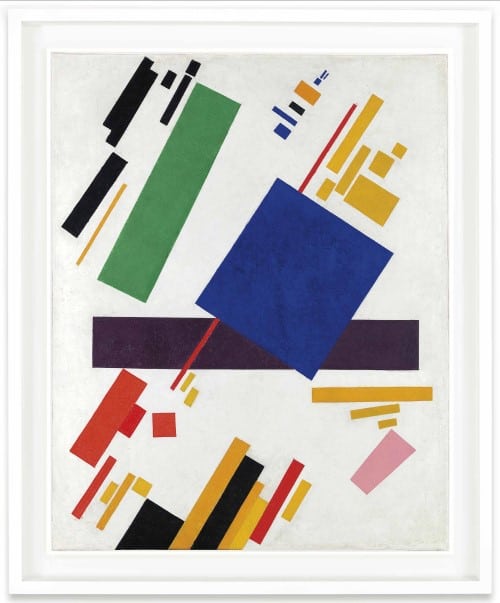
Shape is one of the main elements of art that represents two-dimensional designs. By adding color and texture (other elements of art we’ll talk about), they can also make the shape appear to have three-dimensionality!
Shapes can be either organic or geometric, with organic shapes being very irregular and unpredictable, while geometric shapes are precise, such as triangles, squares, and circles.
This element is a great way to create balance and contrast in your artwork, and should be used carefully and with attention to the overall composition and perspective of the piece.
Texture

Texture is an element that provides a great way to create visual interest and depth in artwork. One of the simplest ways to create texture in a flat drawing or painting is by using shading techniques such as hatching and cross-hatching.
But you can also use specific materials, such as different metals, wood, and stone, to create different textures. The surface can be considered real or implied.
Real texture is tactile, using hard surfaces such as rough stone or wood in the art piece. The viewer can see and feel first-hand the actual texture of the work.
Implied Texture is only visual, using techniques such as cross-hatching and stippling to give an illusion of texture in an artwork.
For more information on Texture (with Examples), click here.
Form
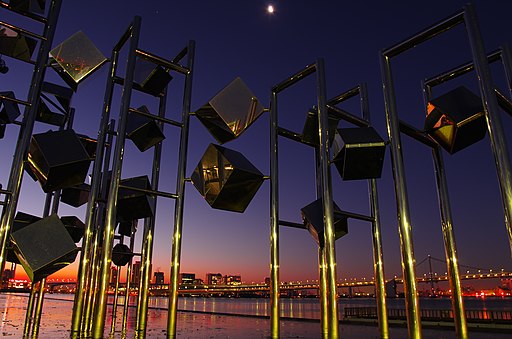
The element of art Form is normally used on three-dimensional objects, unlike the shape element.
Form refers to tactile and physical works of art such as sculptures, buildings, and installations. These usually have a big composition with spherical, conical, and other 3D elements that aren’t restricted by a canvas.
That said, Form can also refer to the visual appearance of artwork in terms of shape, size, color, and so on. It showcases how each element interacts with the other and completes the art piece.
Space

Space is an element of art that defines the distance between (and around) objects and shapes.
It’s the element that shows the viewer the piece’s perspective and the proportion in it. It creates depth by overlapping and playing with both the positive and negative space.
While positive space refers to the actual elements and objects in the artwork, negative space is the space that has no subject.
You can read more about negative space, and see some examples, here.
Other than that, there are also open and closed spaces used in three-dimensional art. This is somewhat similar to negative and positive space, where open space is an empty area and closed space physically contains elements!
You should always consider the space around each element when introducing new elements into your painting or art piece.
Color
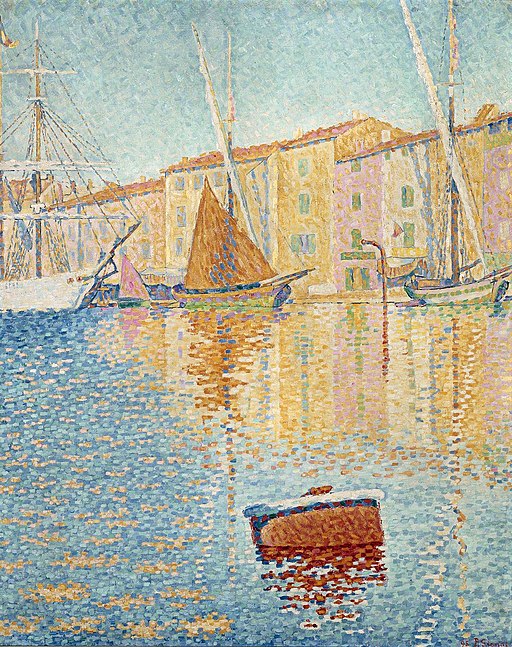
One of the most important elements in the visual arts to many artists, which requires some work to get right, is color!
Also known as hue, Color can show the viewer a desired message or feeling that the artist wanted to convey. It focuses on creating an atmosphere and showcasing emotions in an artwork or painting.
This element can be quite complex but is a crucial learning point for any artist.
To master color, you must learn about warm colors, such as reds and oranges, and cool colors, such as purples and blues. Not only that, but you need a good understanding of the color wheel, as well as primary colors, secondary colors, and tertiary colors.
As well as saturation, color harmonies, and much more… you get the point!
This is something that I cover more in-depth in my Color Definition (with Examples) article here.
It includes different color wheels that you can reference and several examples of using color in artwork.
Value
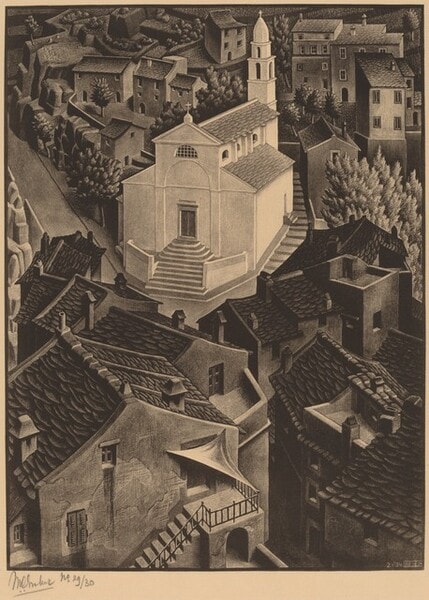
Value in art refers to how light or dark an element is. This isn’t restricted to black and white, so value is also used with color.
Not only that, but value can also be used to create texture, depth, and movement. It allows the viewer to connect more with an art piece by captivating them with different levels of contrast throughout the work.
You can learn more about value by creating a value scale (also known as a Tonal Value Chart) and applying it to your artwork or painting! Another great way to do so is by focusing on black-and-white Value Drawings first and then adding color later on.
You can read more about Value Drawing and Value Scales here.
Mark Making And Materiality As Elements Of Art
Although not considered the main elements of art, mark making, and materiality can also be considered art elements!
So let’s go over what exactly these two secondary elements of art are about.
Mark Making

Mark making is the method of creating marks in an art piece using mediums such as pencils, pens, and sponges, to convey an emotion or transmit a message to the viewer.
It can also be done by scraping and scratching a surface with different rougher tools.
Mark making in art can be either very loose or precise, depending on the artist! As an artist, you can keep the marks very tidy and clean with geometric patterns and evenly spaced elements, or be very loose and chaotic.
Materiality
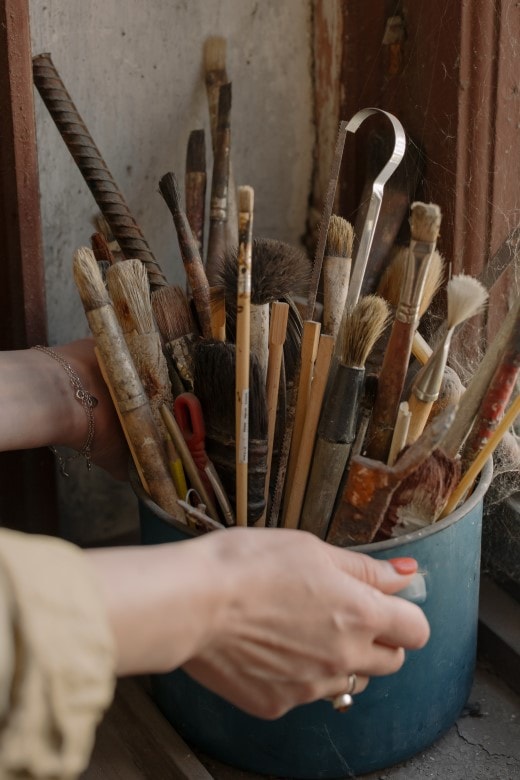
Materiality in art represents the choice of materials that an artist uses in the creation of an artwork.
This secondary element allows the artist to express their ideas originally by the choice and way of using the materials. Any materials are part of this, including traditional materials such as watercolor and ink on paper, to digital media and software.
Since the choice of materials affects the visual appearance of the artwork, this is a crucial element to take into account before creating the building blocks of an art piece.
Related Questions
Let’s now go over some related questions to the seven elements of art.
What Are The Principles Of Art?
The principles of art are emphasis (contrast), movement, balance, proportion, scale, unity, pattern, and variety. These are also the principles of design, and are very important to create a coherent art piece.
You can read more about the Principles Of Art (with examples) here!
What Is The Most Important Element Of Art?
While many of the elements of art we’ve mentioned in this article are important, the most important element is an artist’s imagination and vision.
Every artist has their own of expressing themselves through their artwork, and this creativity is what makes an art piece worth creating.
The originality of an art piece will carry its own weight, so focus on that and keep all of these elements in mind when creating!
Now get those lines ready and start using the elements of art on your perspective drawings!
Patricia Caldeira is the main writer here at Don Corgi. She's an art teacher with over 20.000 happy students across many platforms and courses!
Enjoy your stay and as always:
Keep on drawing!

